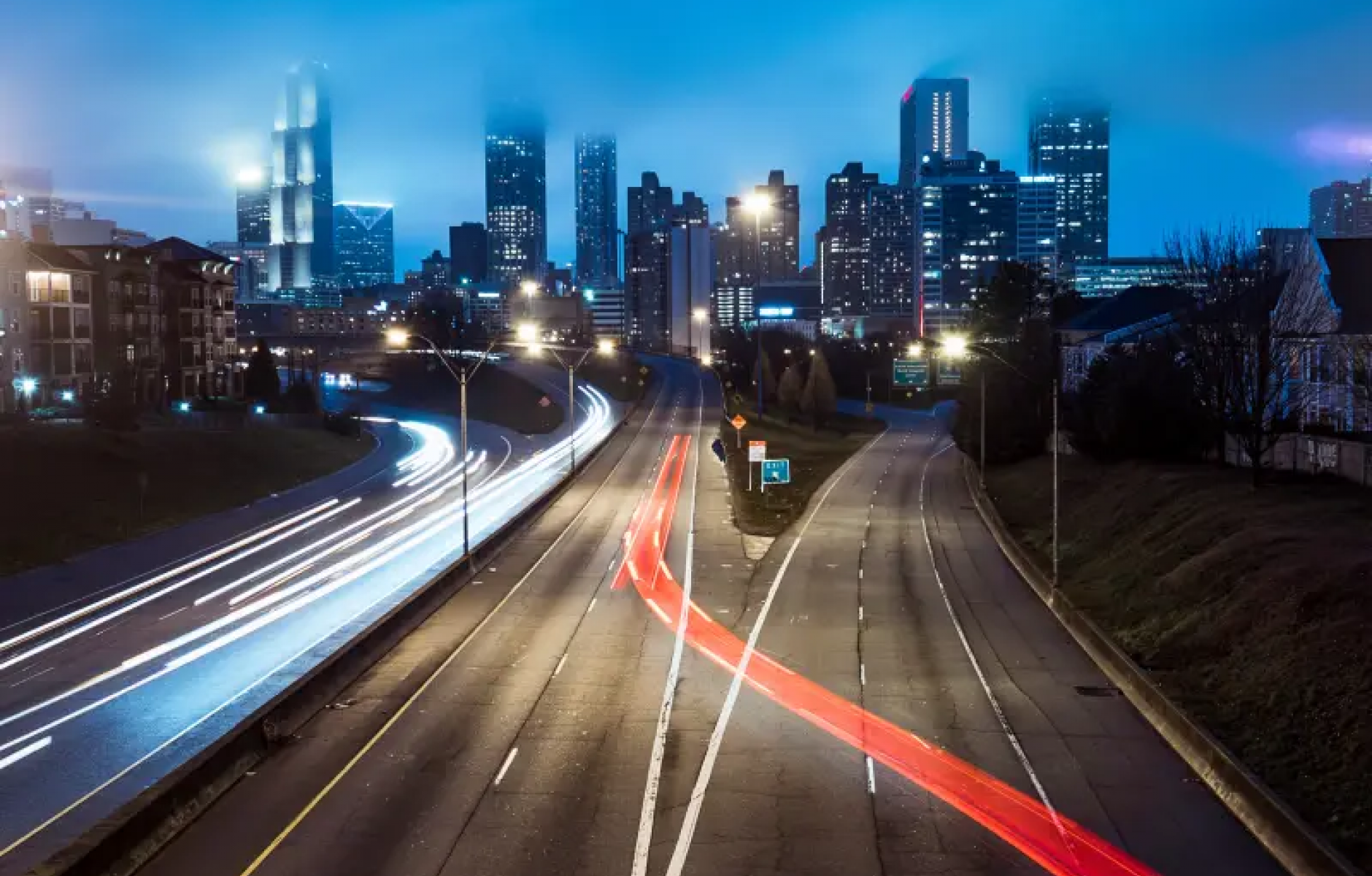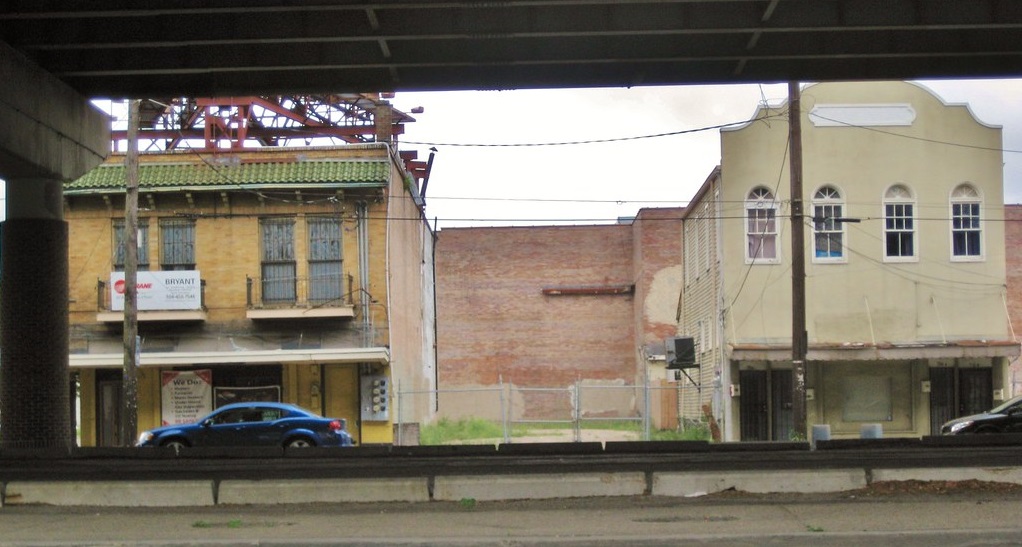
To heal highway harms, Buttigieg needs bold thinking
Note: This article first appeared in Streetsblog.
In 1966, the day after Mardi Gras in New Orleans, Louisiana Department of Highways bulldozers came for Claiborne Avenue’s century-old oak trees. Just a day before, Black New Orleanians celebrated Mardi Gras among the oaks. Claiborne Avenue’s 100-foot-wide shaded median — or “neutral ground,” as it is called in New Orleans — was a central landmark for the Tremé neighborhood’s Black community.
The state’s highway department chose to build a hulking six-lane elevated highway over it anyway.
The tragic story of Tremé, devastated by the Claiborne Expressway, is not unique. Sixty-six years ago, the Federal-Aid Highway Act of 1956 launched the era of American highway building. The law ushered in a radical transformation of American cities. Across the country, highway builders plowed roads through low-income neighborhoods and communities of color, splitting them in half and detaching them from the rest of the city.
This year, the U.S. Department of Transportation inaugurates the Reconnecting Communities program, passed by Congress as part of the Bipartisan Infrastructure Law. This first-of-its-kind discretionary grant program is intended to heal the harms caused by highways like New Orleans’ Claiborne Expressway, which the White House has called out as a particularly egregious example.
The need for a program like Reconnecting Communities is urgent. Nearly 60 million people (one-fifth of the U.S. population) live within 500 meters of a major roadway, where pollution levels from vehicle exhaust spur a public health crisis. City neighborhoods with highways have roughly 17.5% fewer amenities (housing, jobs, and services) than those without, perpetuating disparities in income and access to opportunity.
In a recent New York Times op-ed, Segregation by Design founder Adam Paul Susaneck called on the Biden administration to tear down urban highways as a path to rebuild the neighborhoods they damage. The Reconnecting Communities program can start this work.
But entrenched state departments of transportation dedicated to highway building threaten to capture Reconnecting Communities grant funds to continue harm — not undo it. Consider these examples:
- Shawn Wilson, secretary of the Louisiana Department of Transportation and Development (LaDOTD), declined to even consider a community proposal to dismantle the Claiborne Expressway when asked what his department might do for New Orleans with a Reconnecting Communities grant. Instead, he pitched sprucing up the area underneath the highway — a solution that neither fixes the damage nor makes amends for the loss of Tremé’s primary gathering place, Claiborne Avenue’s neutral ground. Moreover, the demonstration project for that strategy failed miserably years ago. The abandoned shipping containers that were converted for retail use were never occupied and have left the area under the highway even more blighted.
- The Oregon Department of Transportation (ODOT) has a plan to expand 1.8 miles of Interstate 5 through Portland’s historically Black Albina neighborhood. In return, ODOT says it will cap two and a half blocks (about 0.2 miles) of the highway, but refuses to even look at capping if it can’t also add new lanes. ODOT officials have said publicly the agency is eying Reconnecting Communities funding for the project, despite the fact that it will add more freeway miles than it covers.
- The Texas Department of Transportation (TxDOT) has proposed a 6.2 mile expansion of Interstate 10 that comes with a cap of up to six blocks (0.37 miles). This proposal is also couched in the language of Reconnecting Communities – using it to justify adding more lanes of polluting traffic through El Paso’s downtown and neighborhoods. As in Portland, the department of transportation could cover the highway without expanding it; instead, they pretend it can only be accomplished if they are allowed to build a bigger road.
For the Reconnecting Communities program to achieve its goal of healing historic harms, potential projects like those put forward by LaDOTD, ODOT, and TxDOT need to be weeded out.
Secretary Buttigieg and his staff should use this litmus test to review proposals: does the project perpetuate or increase the division and damage that highways cause? If the answer is yes, then the proposed project does not meet the Reconnecting Communities program’s standard and should be rejected.
Simply put, we can’t expect to repair damage if we leave in place the structures that cause it — or even worse, if we expand them.
Instead, the Secretary and his staff need to look toward projects that are driven and designed by communities who live next to highways. These residents are the people most directly impacted, and they bring to the table the experience of living in a neighborhood severely damaged by a federal infrastructure project that does not benefit them. Their solutions for reconnecting their communities will likely diverge from the standard department of transportation playbook — but that might be just the sort of bold thinking needed to make the program live up to its promise.





